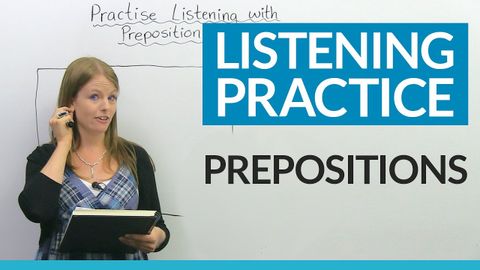英語のリスニング練習。ボキャブラリーを増やそう (English Listening Practice: Improve your vocabulary!)
jwlee が 2021 年 01 月 14 日 に投稿  この条件に一致する単語はありません
この条件に一致する単語はありませんUS /səbˈskraɪb/
・
UK /səb'skraɪb/
- v.t./i.(定期的なサービスに)申し込む : 予約をする : 予約金を払う
US /prəˌnʌnsiˈeʃən/
・
UK /prəˌnʌnsiˈeɪʃn/
- n. (c./u.)発音;正確な発音;発音の仕方;発音ガイド
US /ˈpræktɪs/
・
UK /'præktɪs/
- n.仕事;練習すること;慣習
- v.t./i.開業;従う;練習する;実践する
US /ˈkɑmɛnt/
・
UK /'kɒment/
- n. (c./u.)論評 : コメント;注釈
- v.t./i.批評する;注釈する;批評する
エネルギーを使用
すべての単語を解除
発音・解説・フィルター機能を解除

